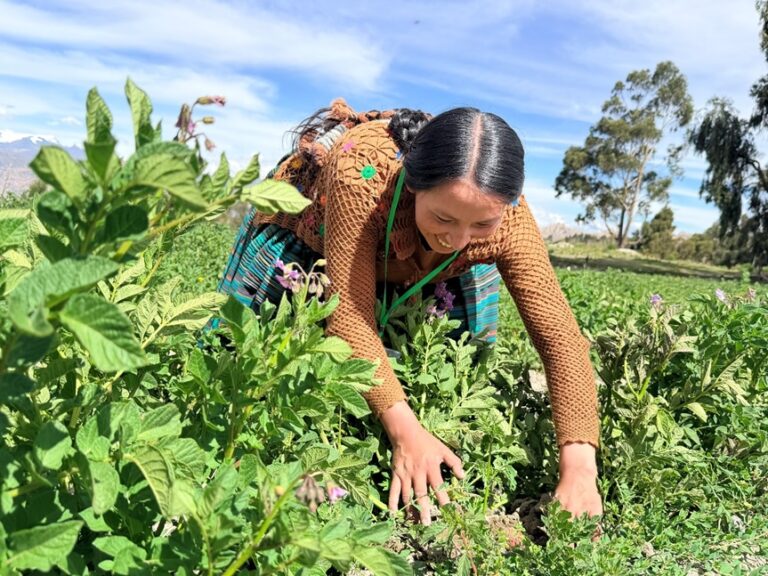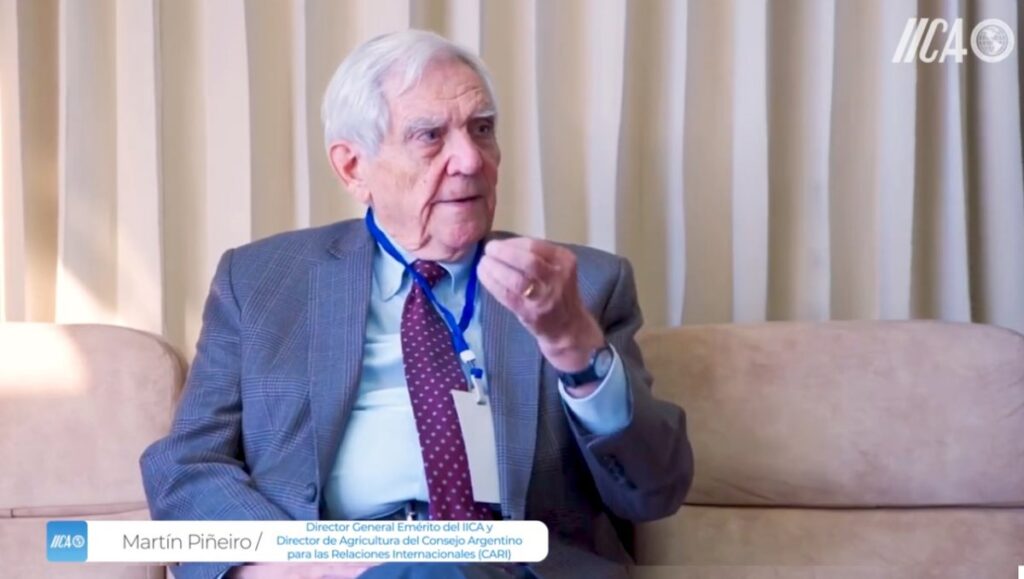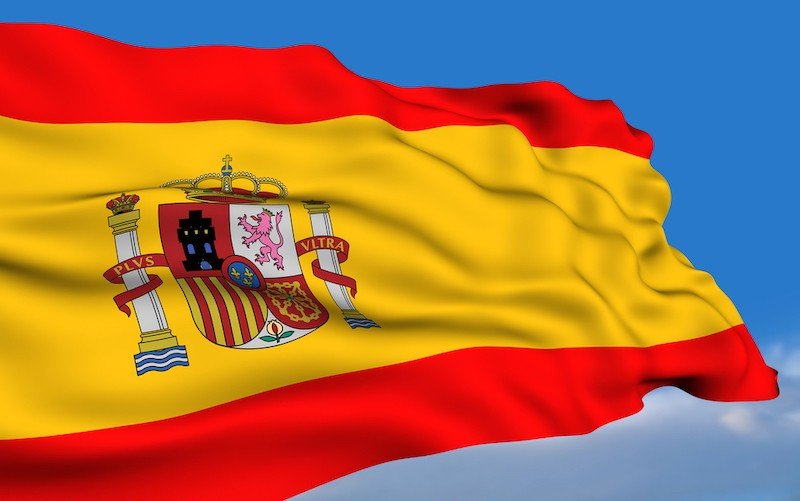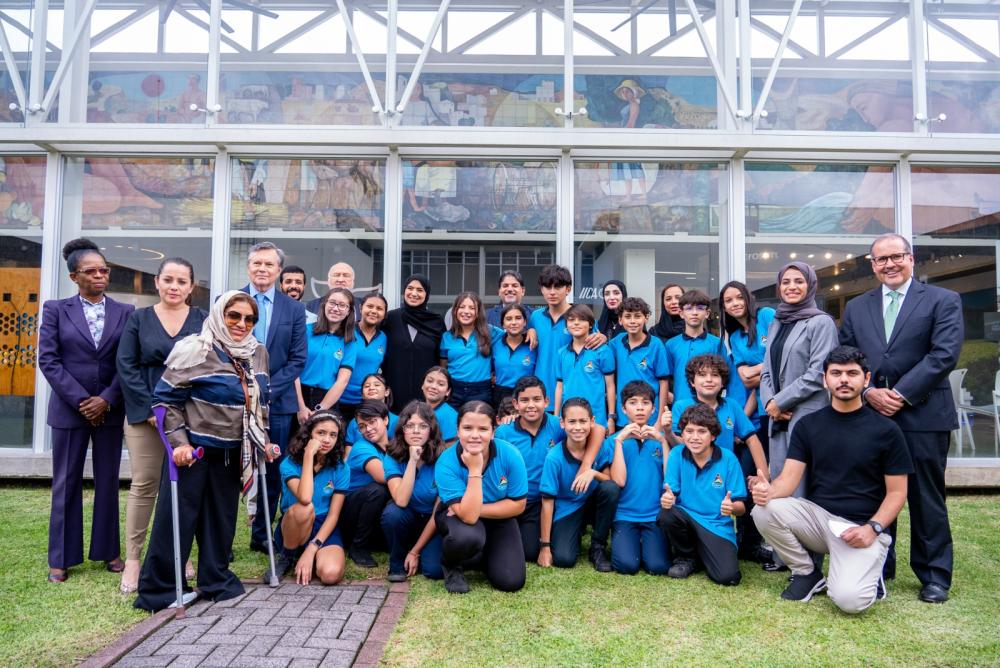The Specialist in Agricultural Health and Food Safety of the IICA Headquarters, Ana Marisa Cordero, presents the findings and recommendations of the application of the Performance, Vision and Strategy tool to the Minister Osmar Benítez

Santo Domingo, Dominican Republic, September 2018. The DVE is a tool designed by IICA to evaluate the performance and implementation of development strategies for the institutions related to agricultural health and food safety. It addresses the issue of sanitary and phytosanitary measures with an institutional, international and horizontal approach.
The results of the application of this tool were presented to the Minister of Agriculture, Mr. Osmar Benítez, who stated that the information is very useful to identify opportunities for improvement and confirm that the efforts that are already being made respond to identified needs.
Other authorities in the event were Leandro Mercedes, Vice Minister of Agricultural Extension and Training; Juan José Espinal, Vice Minister of Agricultural Sector Planning, Dr. Duarte Contreras Contreras, Director of the Directorate for Livestock; Lissette Gómez, Director of Animal Health; Porfirio Álvarez, Director of Animal Health; Raúl Peralta, Director of Agrifood Safety; as well as Argentina Betances and technicians of the Project Executing Unit. IICA was represented by Mr. Frank Lam, Representative, Gaudy Suzaña, SAIA and Ana Marisa Cordero, SAIA of IICA Headquarters, who presented the DVE results.
In the presentation, Ms. Cordero highlighted that the obtained results were compared with those obtained with the same tool in the year 2011. This comparison made possible to identify the areas in which there was greater progress and those in which there are still opportunities of improvement in the three areas (animal health, vegetable and food safety). Among the recommendations and general improvement areas, there is technical training, human and financial resources, interaction with the private sector, market access, among others.
Following these recommendations, Minister Osmar Benitez exhorted that an annual training program is necessary for all the divisions, and urged all those in charge to identify the needs for this. Similarly, Mr. Frank Lam reiterated IICA’s willingness to support and cooperate technically on the pertinent issues.
More information: Gaudy Suzana, Specialist in Agricultural Health and Food Safety, gaudy.suzaña@iica.int











